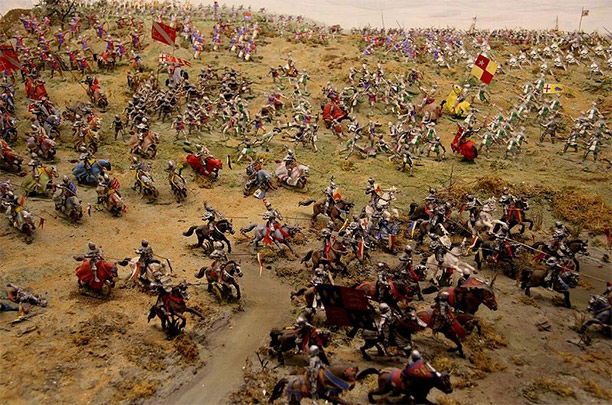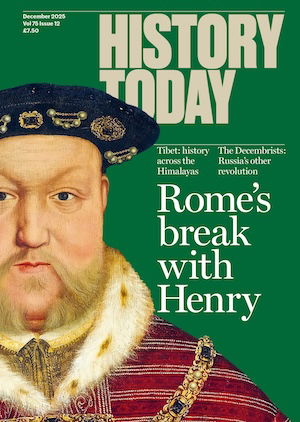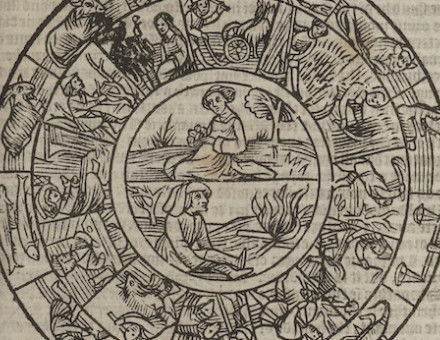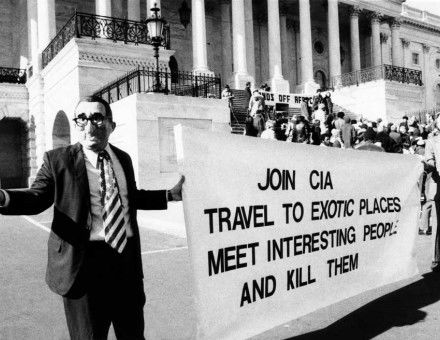Into Battle Over Bosworth
Chris Skidmore praises Colin Richmond’s 1985 article, which offered a new theory, later confirmed, about the true location of one of the most famous battles in English history.
 Articles that turn history on its head are rare, but this is what Colin Richmond’s piece, The Battle of Bosworth, achieved, demolishing centuries of accepted wisdom about where the fateful encounter between Richard III and Henry Tudor in 1485 was fought, so transforming our entire understanding of the event.
Articles that turn history on its head are rare, but this is what Colin Richmond’s piece, The Battle of Bosworth, achieved, demolishing centuries of accepted wisdom about where the fateful encounter between Richard III and Henry Tudor in 1485 was fought, so transforming our entire understanding of the event.







